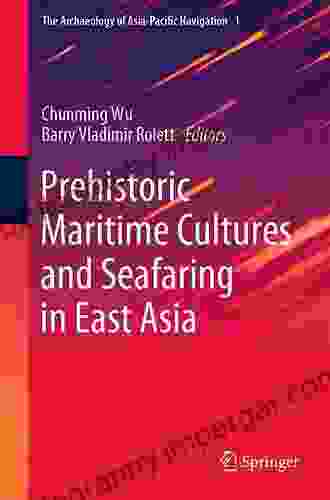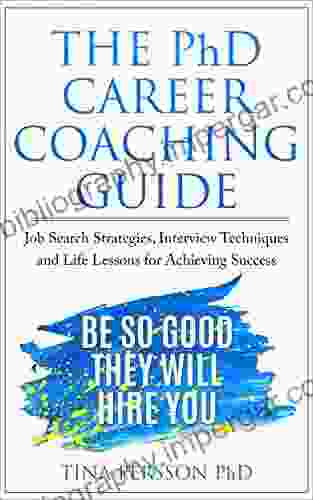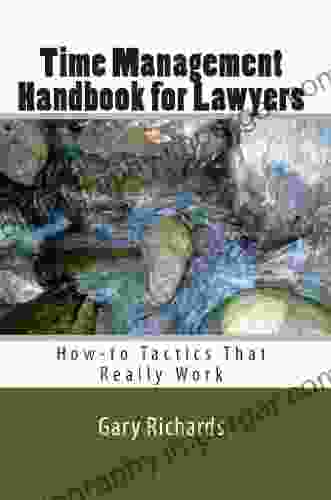Prehistoric Maritime Cultures and Seafaring in East Asia: The Archaeology of Exploration and Exchange

Unveiling the Mariners of the Ancient World
The vast expanse of the East Asian seas has long borne witness to the ingenuity and resilience of humanity. From the earliest times, people have ventured out onto its waters, navigating its currents and coastlines in search of sustenance, trade, and adventure. The archaeological record reveals a rich tapestry of prehistoric maritime cultures that flourished in this region, leaving behind a legacy that continues to captivate researchers and enthusiasts alike.
4.5 out of 5
| Language | : | English |
| File size | : | 86112 KB |
| Text-to-Speech | : | Enabled |
| Screen Reader | : | Supported |
| Enhanced typesetting | : | Enabled |
| Word Wise | : | Enabled |
| Print length | : | 592 pages |
The Austronesian Expansion: A Maritime Odyssey
Among the most influential maritime cultures in prehistoric East Asia were the Austronesians. Originating in Taiwan around 5,000 years ago, they embarked on a remarkable journey of expansion, spreading their languages, technologies, and cultural practices throughout the vast Pacific Ocean. Their seafaring prowess is evident in their sophisticated watercraft, which enabled them to navigate the open sea and establish settlements on distant islands.
Archaeological excavations at shell middens, the refuse dumps of coastal communities, provide valuable insights into the lives of these early seafarers. These sites yield an abundance of marine shells, fish bones, and other food remains, indicating a heavy reliance on marine resources. Stone tools and pottery fragments further shed light on their technological skills and cultural practices.
Watercraft and Seafaring Technologies
The Austronesians were renowned for their advanced watercraft, which played a crucial role in their maritime success. From simple outrigger canoes to massive double-hulled vessels, they developed a range of boat designs tailored to specific purposes, such as fishing, trade, and exploration. The construction of these vessels required a deep understanding of woodcraft, hydrodynamics, and seafaring techniques.
Archaeological evidence, such as boat remains and rock art depictions, provides invaluable information about the design and construction of these prehistoric watercraft. The use of sails, paddles, and outriggers allowed the Austronesians to travel long distances and explore the vastness of the East Asian seas.
Trade and Cultural Exchange
Maritime cultures in East Asia were not isolated entities but rather interconnected through networks of trade and cultural exchange. The Austronesians, with their seafaring capabilities, played a pivotal role in facilitating the movement of goods, ideas, and technologies between different regions.
Archaeological excavations have revealed a wide range of artifacts, such as pottery, stone tools, and ornaments, that were traded over long distances. These objects provide evidence of cultural interaction and the exchange of knowledge between maritime communities.
The prehistoric maritime cultures of East Asia represent a fascinating and enduring chapter in human history. Their seafaring skills, technological innovations, and cultural exchange shaped the development of the region and its peoples. Through archaeological discoveries, we continue to unravel the mysteries of these ancient mariners, gaining a deeper understanding of their lives, their journeys, and their lasting legacy on the cultural landscape of East Asia.
For those seeking a comprehensive exploration of this captivating topic, I highly recommend the book "Prehistoric Maritime Cultures and Seafaring in East Asia: The Archaeology of Exploration and Exchange." This meticulously researched and richly illustrated volume provides an in-depth examination of the archaeological evidence and insights into the lives of these prehistoric seafarers.
4.5 out of 5
| Language | : | English |
| File size | : | 86112 KB |
| Text-to-Speech | : | Enabled |
| Screen Reader | : | Supported |
| Enhanced typesetting | : | Enabled |
| Word Wise | : | Enabled |
| Print length | : | 592 pages |
Do you want to contribute by writing guest posts on this blog?
Please contact us and send us a resume of previous articles that you have written.
 Book
Book Novel
Novel Page
Page Chapter
Chapter Text
Text Story
Story Genre
Genre Reader
Reader Library
Library Paperback
Paperback E-book
E-book Magazine
Magazine Newspaper
Newspaper Paragraph
Paragraph Sentence
Sentence Bookmark
Bookmark Shelf
Shelf Glossary
Glossary Bibliography
Bibliography Foreword
Foreword Preface
Preface Synopsis
Synopsis Annotation
Annotation Footnote
Footnote Manuscript
Manuscript Scroll
Scroll Codex
Codex Tome
Tome Bestseller
Bestseller Classics
Classics Library card
Library card Narrative
Narrative Biography
Biography Autobiography
Autobiography Memoir
Memoir Reference
Reference Encyclopedia
Encyclopedia Shih Cheng Yen
Shih Cheng Yen Florian Meyer
Florian Meyer Gary Pierre Louis
Gary Pierre Louis Ganka Zlateva
Ganka Zlateva G Christian
G Christian Francis Mcintire
Francis Mcintire Light Townsend Cummins
Light Townsend Cummins Fernando Messias
Fernando Messias John Solomon Otto
John Solomon Otto Gary Noy
Gary Noy Joseph Epes Brown
Joseph Epes Brown Evelyn Tribole
Evelyn Tribole Eva Brann
Eva Brann Gail Porter
Gail Porter Frank Marino
Frank Marino Michel Goldberg
Michel Goldberg Gary Dell Abate
Gary Dell Abate Michael Franzen
Michael Franzen Gareth Patterson
Gareth Patterson Rudyard Kipling
Rudyard Kipling
Light bulbAdvertise smarter! Our strategic ad space ensures maximum exposure. Reserve your spot today!
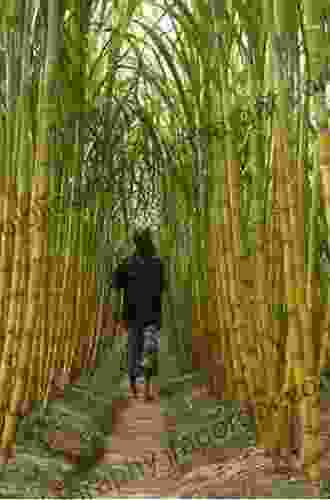
 Brady MitchellUnveiling the Vital Role of Sugar Cane in Africa: A Comprehensive Exploration
Brady MitchellUnveiling the Vital Role of Sugar Cane in Africa: A Comprehensive Exploration
 Stephen KingUnlocking the Labyrinth of Morals: A Journey through Friedrich Nietzsche's...
Stephen KingUnlocking the Labyrinth of Morals: A Journey through Friedrich Nietzsche's... Richard AdamsFollow ·10k
Richard AdamsFollow ·10k John MiltonFollow ·17.7k
John MiltonFollow ·17.7k Neil ParkerFollow ·19.9k
Neil ParkerFollow ·19.9k Bryan GrayFollow ·3.4k
Bryan GrayFollow ·3.4k Rick NelsonFollow ·10.9k
Rick NelsonFollow ·10.9k Brody PowellFollow ·15.8k
Brody PowellFollow ·15.8k José MartíFollow ·7k
José MartíFollow ·7k Hugh BellFollow ·7.7k
Hugh BellFollow ·7.7k
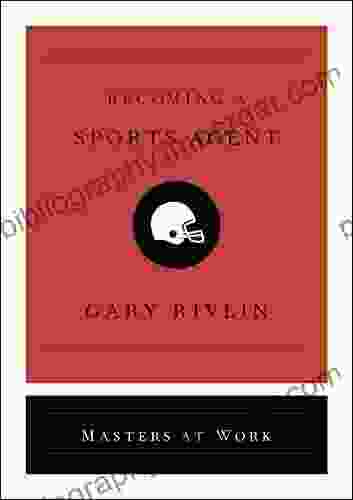
 Alexander Blair
Alexander BlairBecoming Sports Agent Masters At Work: The Ultimate Guide
What is a Sports...

 Xavier Bell
Xavier BellUnveiling the Enchanting World of Upper Bohemia: A Review...
A Captivating...

 Chris Coleman
Chris ColemanUnveiling the Secrets: Extreme Rapid Weight Loss Hypnosis...
In the relentless pursuit of a slimmer,...
4.5 out of 5
| Language | : | English |
| File size | : | 86112 KB |
| Text-to-Speech | : | Enabled |
| Screen Reader | : | Supported |
| Enhanced typesetting | : | Enabled |
| Word Wise | : | Enabled |
| Print length | : | 592 pages |


